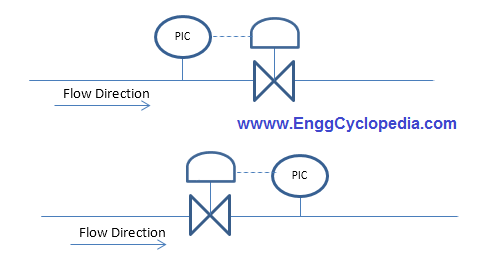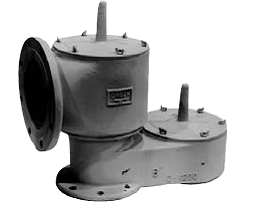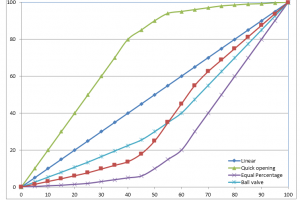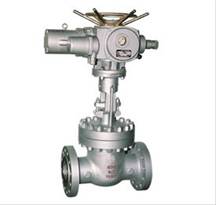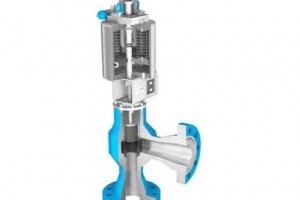Pressure control valves are known as pressure regulator or pressure reducing valve. These valves are used to regulate the pressure of fluid within the system. Objective of these valves is to control downstream pressure from the valve regardless of fluctuations in upstream pressure. These valves are essential for the efficient and safe operation in process industries.
Table of content:
1.What is a pressure control valve?
2. How do pressure control valves work?
What is a pressure control valve?
Pressure Control Valves are generally used in the process industry to maintain the pressure of a process or utility fluid within a specified range by changing upstream / downstream flow of that fluid.
Depending on upstream or downstream process requirement, the pressure is measured and it send signal to controller. Controller compares the reading and gives inputs to throttle (open or close) the control valve.
Generally pressure control valve are found in the vapor outlet of separator, pump discharge line, pump return / kickback line, Fuel gas inlet of fired heaters, vent line to vent/flare header, etc.
How do pressure control valves work?
The working mechanism of these valves is discussed here.
- The sensing element continuously senses the pressure in the downstream of the valve.
- If the downstream pressure exceeds the desired set point, the sensing element reacts to this increase. This results in reduction of valve opening by exerting force on valve mechanism.
- As the valve opening reduces, the flow of fluid passing through it is restricted. This results in decrease in downstream pressure.
- The valve adjusts the valve opening until the downstream pressure reaches the desired set point.
- Similarly, if the downstream pressure decreases, sensing elements react by increasing the valve opening. This increase in valve opening will allow passage of more fluid through valve opening. As a result, downstream pressure will be increased up to desired set point.
By continuously sensing the pressure and adjusting the valve opening, pressure control valves actively respond to changes in the system. This compensates for fluctuations in upstream pressure and ensures that the desired pressure level is maintained downstream. This control mechanism allows for the safe and efficient operation of fluid systems, preventing damage to equipment and ensuring optimal performance.
